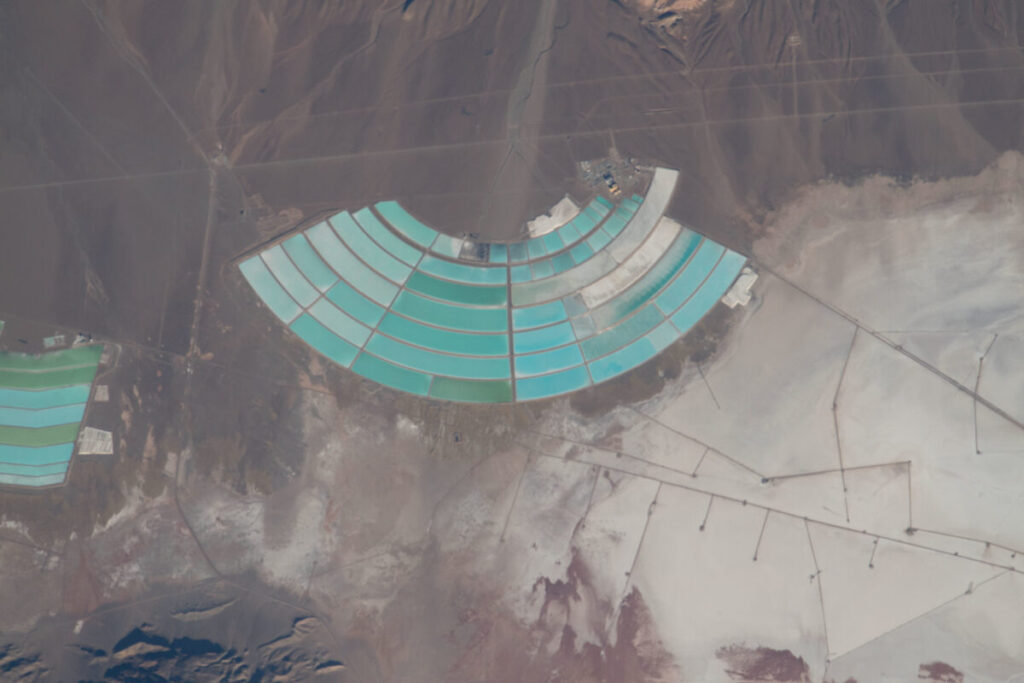
As the global demand for clean energy technologies soars, the need for critical minerals such as lithium, cobalt and nickel – essential for batteries, renewables and electric vehicles – has reached unprecedented levels.
To address this rising demand and improve visibility into mineral trade, the Asian Development Bank (ADB) and the World Trade Organization (WTO) introduced the ‘Trade in Critical Minerals Database’ (TiCM) at COP29 in Baku last November. This platform provides data on 250 critical minerals and related products across supply chains, aiming to enhance trade transparency, foster international collaboration and support the clean energy transition as rare earth minerals become increasingly vital.
Try Premium for just $1
- Full premium access for the first month at only $1
- Converts to an annual rate after 30 days unless cancelled
- Cancel anytime during the trial period
Premium Benefits
- Expert industry analysis and interviews
- Digital access to PV Tech Power journal
- Exclusive event discounts
Or get the full Premium subscription right away
Or continue reading this article for free
Sandra Avérous, WTO economic officer, tells PV Tech Premium that although the database is still in its early stages, its potential to improve transparency in critical mineral trade is crucial.
“Information on the supply of minerals is often hard to find, and it is important to give confidence, through transparent information, to markets,” she says. “We need an open and transparent trading system, based on trust. Transparency supports stability in a market and drives better standards.”
The database centralises publicly available data to facilitate access and analysis. It also enables visualisation of trade trends, providing insights into imports, exports and policies from 2010 to 2023. By supporting a transparent and open trading environment, TiCM aims to create more resilient renewable energy value chains.
‘A material world’
As the digital age intensifies, the reliance on raw materials that underpin modern technology is gaining renewed attention. Journalist Ed Conway’s acclaimed 2024 book Material World highlights six materials that have shaped human progress from the Dark Ages to the present day: sand, salt, iron, copper, oil and lithium. Conway details how demand for these resources has shifted geopolitics, comparing historical demand for high-purity glass to the present need for ultra-pure solar glass and silicon for PV modules.
His narrative underscores the irony that, while alchemists once dreamed of transforming sand into gold, the modern world has effectively done so with high-value silicon-based products that power solar panels and smartphones. Lithium, used in laptops and energy storage systems, is the most recent addition to the essential minerals list.
The IEA has also forecast that the solar sector could drive copper demand to more than 2,000 kilotons by 2035. Meanwhile, many nations are focusing on diversifying their solar supply chain to avoid overreliance on imports, particularly from China.
How the database adds value
The TiCM database serves as a one-stop resource for tracking trade flows, tariffs and policies related to critical minerals. It offers insights into the materials essential for renewable energy technologies and highlights the major trading routes for them. According to Avérous, this integrated platform can help industries make the acquisition of such resources more sustainable by identifying sourcing locations and opportunities to reduce the environmental footprint of mining and processing.
Moreover, the database supports visualising trade patterns and includes updates that could extend its data in the future.
“There is a distinction to make between the minerals that are identified in reserves, those that are produced and those traded,” says Avérous. “The database helps support transparency on trade. As mineral reserves and production are concentrated, trade has a key role to play for resilient and diversified renewable energy value chains.”
Environmental and social impacts
Avérous also highlights the importance of sustainability in mineral value chains.
“The way we collectively plan for a sustainable value chain of minerals will have an impact on other environmental challenges: biodiversity loss, and pollution,” she explains – noting that some mining sites are in areas requiring biodiversity protection.
Trade plays a critical role in addressing these challenges by:
- Enabling access to technologies that optimise extraction and reduce environmental impacts.
- Promoting the highest ESG standards and harmonisation of global standards.
- Supporting circular practices, such as repurposing mine tailings, the leftover materials from mineral extraction.
Additionally, sustainable value chains can enhance inclusivity, helping to lower the costs of clean energy technologies and expand their accessibility – particularly to the 700 million people worldwide who still lack electricity.
Rising demand
The demand for critical minerals continues to grow, with Avérous noting a 10% annual growth rate in trade over the past two decades as imports rose from US$212 billion in 2017 to US$378 billion in 2022.
There has been a significant increase in trade in platinum group metals (PGM), such as rhodium, iridium, ruthenium and osmium, as well as lithium. High growth rates are also seen in manganese, natural graphite, cobalt, titanium, lead and rare earth elements as well as arsenic and zinc.
Projections from the International Energy Agency (IEA) suggest that by 2040, demand for critical minerals in clean energy technologies could quadruple in a net-zero scenario, reaching nearly 40Mt. Even based on policies currently in place, demand would double by 2030.
While the focus on critical minerals is necessary, Avérous cautions that sustainability must remain central.
“The large focus on critical minerals today must be accompanied with sustainability considerations, particularly focusing on environment and on inclusiveness,” she says.






